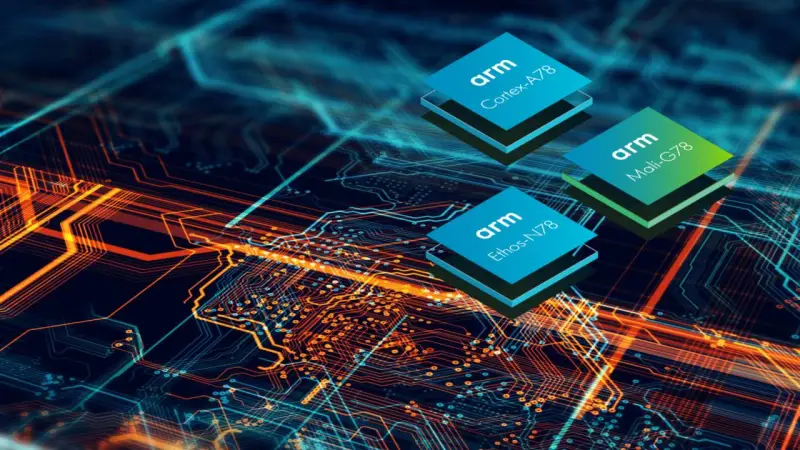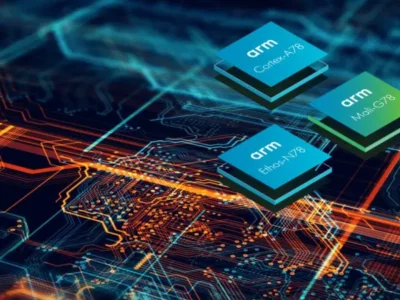Single board computers have revolutionized the way we approach computing and electronics projects. These compact and powerful devices have found applications in everything from education and DIY projects to industrial automation and home automation systems. Their versatility, affordability, and ease of use have made them increasingly popular among hobbyists, educators, and professionals alike.
Understanding Single Board Computers
Single board computers, often abbreviated as SBCs, are complete computers built on a single circuit board. Unlike traditional desktop or laptop computers, which consist of multiple components housed in a larger casing, SBCs integrate all the essential elements of a computer—such as the CPU, RAM, storage, and input/output ports—onto one board. This design makes them incredibly compact and efficient, ideal for a wide range of applications.
Key Features of Single Board Computers
Compact Size
One of the most significant advantages of single board computers is their small form factor. Their compact size makes them easy to integrate into projects where space is limited. Whether you’re building a small home automation system or a portable gaming console, the size of SBCs is a major benefit.
Low Power Consumption
Single board computers are designed to be energy-efficient, consuming significantly less power than traditional desktop computers. This feature is particularly important for projects that require continuous operation or are powered by batteries, such as remote sensors or mobile devices.
Versatility
The versatility of single board computers is another key factor in their popularity. They can be used for a wide range of applications, including:
- Education: SBCs are excellent tools for teaching programming and electronics. Their affordability and simplicity make them accessible to students and educators.
- DIY Projects: Hobbyists use SBCs for creating everything from home automation systems to custom media centers and retro gaming consoles.
- Prototyping: Engineers and developers use single board computers to prototype new products and test ideas before committing to full-scale production.
- Industrial Automation: In industrial settings, SBCs are used to control machinery, monitor systems, and collect data.
Cost-Effectiveness
The affordability of single board computers is one of their most attractive features. Unlike traditional computers, which can be expensive, SBCs are available at a fraction of the cost. This low price point makes them accessible to a broader audience and allows for experimentation and innovation without significant financial risk.
Popular Applications of Single Board Computers
Home Automation
Single board computers are commonly used in home automation projects. They can be programmed to control lights, thermostats, security systems, and other smart devices. By connecting sensors and actuators to an SBC, homeowners can create custom automation solutions tailored to their specific needs.
Education and Learning
Educational institutions have embraced single board computers as tools for teaching coding, electronics, and computer science. Their simplicity and low cost make them ideal for classroom use, allowing students to learn hands-on skills in a practical and engaging way.
Media Centers
Many people use single board computers to build custom media centers. With the right software, an SBC can stream movies, music, and TV shows, serving as a compact and affordable alternative to commercial media center solutions.
Internet of Things (IoT)
The Internet of Things (IoT) relies on small, connected devices to collect and exchange data. Single board computers are perfect for IoT projects due to their low power consumption, versatility, and connectivity options. They can be used to create smart home devices, environmental monitoring systems, and more.
Robotics
In robotics, single board computers serve as the brains of various robotic systems. They can process sensor data, control motors, and execute complex algorithms, enabling the creation of autonomous robots for research, education, and entertainment.
Choosing the Right Single Board Computer
With so many options available, choosing the right single board computer for your project can be challenging. Here are some factors to consider:
Processing Power
Depending on the complexity of your project, you may need a single board computer with more or less processing power. For simple tasks like basic automation or sensor monitoring, a lower-powered SBC may suffice. For more demanding applications, such as media centers or robotics, you’ll want a more powerful model.
Connectivity
Consider the types of connectivity you’ll need for your project. Many single board computers come with built-in Wi-Fi, Bluetooth, and Ethernet ports. Additional USB ports and GPIO (General Purpose Input/Output) pins are also essential for connecting peripherals and sensors.
Operating System
The operating system (OS) you plan to use can also influence your choice. Some single board computers support multiple operating systems, including Linux, Android, and specialized real-time operating systems. Make sure the SBC you choose is compatible with the software you intend to use.
Community and Support
A strong community and good support can make a big difference, especially if you’re new to single board computers. Look for an SBC with an active user base, comprehensive documentation, and available tutorials. This support can help you troubleshoot issues and learn new skills.
Future Trends in Single Board Computers
The future of single board computers looks promising, with ongoing advancements in technology and growing interest from various fields. Some trends to watch include:
Improved Performance
As technology advances, single board computers are becoming more powerful, with faster processors, more RAM, and better graphics capabilities. This improved performance will open up new possibilities for applications that require more computational power.
Enhanced Connectivity
Future single board computers are likely to offer even better connectivity options, including support for the latest wireless standards and expanded I/O capabilities. This will make them even more versatile for a wider range of projects.
Integration with AI and Machine Learning
The integration of artificial intelligence (AI) and machine learning (ML) capabilities into single board computers is an exciting development. This will enable SBCs to handle complex tasks such as image recognition, natural language processing, and predictive analytics, making them even more valuable in fields like robotics and IoT.
Sustainability
As the world becomes more conscious of environmental impact, single board computers designed with sustainability in mind will gain importance. This includes using eco-friendly materials, improving energy efficiency, and designing for recyclability.
Conclusion
Single board computers have transformed the landscape of computing, making it more accessible and versatile. Whether you’re a student, hobbyist, or professional, these compact devices offer endless possibilities for innovation and creativity. By understanding the features, applications, and future trends of single board computers, you can harness their full potential for your next project.










Comments